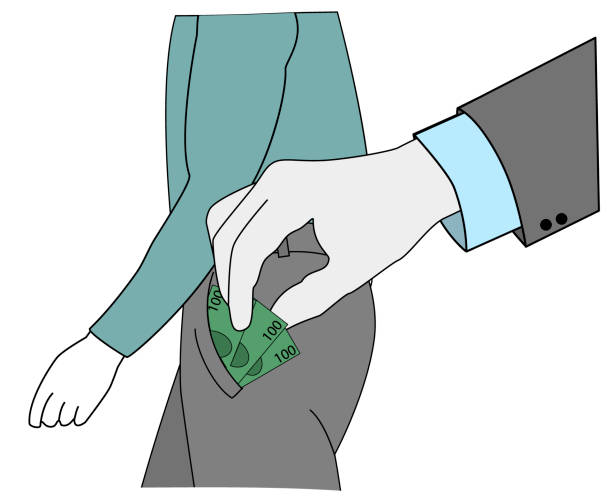Related Articles
The latest unemployment numbers released on July 15th from the Washington Employment Security Department (ESD), indicate that Washington is slowly returning to work, but there is still a long way to go.
The mandated lockdown, which closed many Washington businesses, has been extended several times and has placed an unprecedented strain on small business and the unemployment trust fund that pays for unemployment benefits.
The seasonally adjusted numbers indicate that Washington is still hovering around a 10% unemployment rate.

Source: Employment Security Department July unemployment report
The latest unemployment trust fund balance estimate released from ESD was $2.8 billion on June 30th. Based on the projected depletion rate, the fund balance is about $2.3-2.5 billion today.
State officials continue to be evasive about how much money is left in the fund, the amount of outstanding unemployment claims and how much is being paid out each week. Fund balance amounts quoted are often weeks old and don’t include outstanding unpaid unemployment claims or the impact from the recent Nigerian fraud.
Federal loans will help keep the fund solvent, but they have to be repaid. The loans will need to be repaid from either state funds or a massive increase in unemployment taxes on employers and their employees.
In a conference call last week, Commissioner Levine confirmed that ESD will likely apply for a loan either the 4th quarter 2020, or early in 2021.

Source: Employment Security Department, Association of Washington Business Webinar
ESD has indicated that replenishing the fund balance will be achieved through increasing employer unemployment taxes or applying for forgiveness for the federal loans. The amount employer unemployment taxes are estimated to increase in 2021 is 300% compared to 2019 rates. They are expected to remain at least 200% more than 2019 rates for the next few years.
For many employers this will be a bitter pill to swallow. Unemployment tax rates for an employer are based on employee turnover and the use of the trust fund to pay employees that are no longer employed. For employers that have low employee turnover, the unemployment tax rates are lower. The government mandated shutdown has forced employers to lay employees off, and many employers are concerned, understandably, that their rates will skyrocket through no fault of their own.
There are currently 26 states, plus the District of Columbia that have chosen to waive the employer portion of the increased costs. These states will be at a competitive advantage when the economy starts to gain momentum.
Tax relief might come in the form of delayed tax payments, a tax holiday or a freeze in the taxable wage base, but ESD is reluctant to offer this as an option fearing it will deplete the fund further.
Additionally, ESD has confirmed that the loss of $289 million from the $650 million Nigerian Fraud scam won’t add to the increased premiums. However, this is only because the unemployment social tax, which is used to cover fraud losses, has already hit a 1.22% ceiling.
For many small businesses, the increase in the unemployment taxes could be the nail in the coffin as they struggle to re-open post the COVID-19 crisis.
A committee is being formed to provide comment on department unemployment insurance rulemaking and to recommend changes to state law to improve the unemployment insurance structure and tax system. They are due to report back to the Governor by December 1st.
The longer businesses are forced to remain closed and workers are home, the larger this problem will become.






